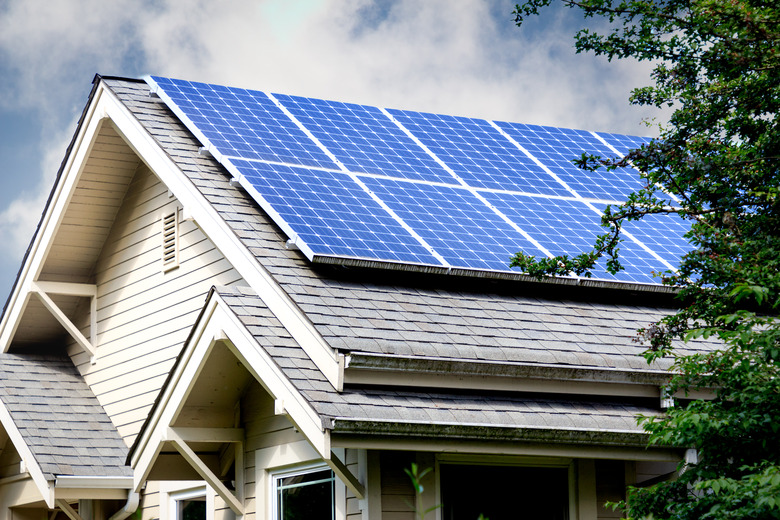Types Of Photocells
Photocells, otherwise known as photodetectors and photosensors, are a catch-all category for a wide range of devices that interact or operate based off exposure to photons, or electromagnetic energy. Listed here are some examples of photocells, and their uses.
Photovoltaic
Photovoltaic
A photovoltaic cell converts solar energy into electrical power. Photons knock electrons on the cell itself into a higher state of energy, causing a usable current.
Charge-Coupled Devices
Charge-Coupled Devices
Charge-coupled devices are used by the scientific community as an extremely reliable and accurate photosensor. Charges produced by photosensitive sensors are used to analyze a range of things from galaxies to single molecules.
Photoresistor
Photoresistor
Light-dependent resistors are devices whose resistivity to electrical currents decreases with the amount of light they're exposed to. Many alarms and camera light meters use cheap photoresistors for their applications.
Golay Cell
Golay Cell
Golay cells are used to detect infrared radiation. A tube with a blackened metal plate on one end is filled with xenon gas. Infrared energy that falls on the blackened plate heats up the gas and distorts the flexible diaphragm on the other end, the motion of which is used to determine the output of the energy source.
Photomultiplier
Photomultiplier
Photomultipliers are extremely sensitive detectors. The faintest wave of light is multiplied by as much as 100 million times.
References
Cite This Article
MLA
Chen, James. "Types Of Photocells" sciencing.com, https://www.sciencing.com/types-photocells-5155030/. 6 July 2009.
APA
Chen, James. (2009, July 6). Types Of Photocells. sciencing.com. Retrieved from https://www.sciencing.com/types-photocells-5155030/
Chicago
Chen, James. Types Of Photocells last modified March 24, 2022. https://www.sciencing.com/types-photocells-5155030/
